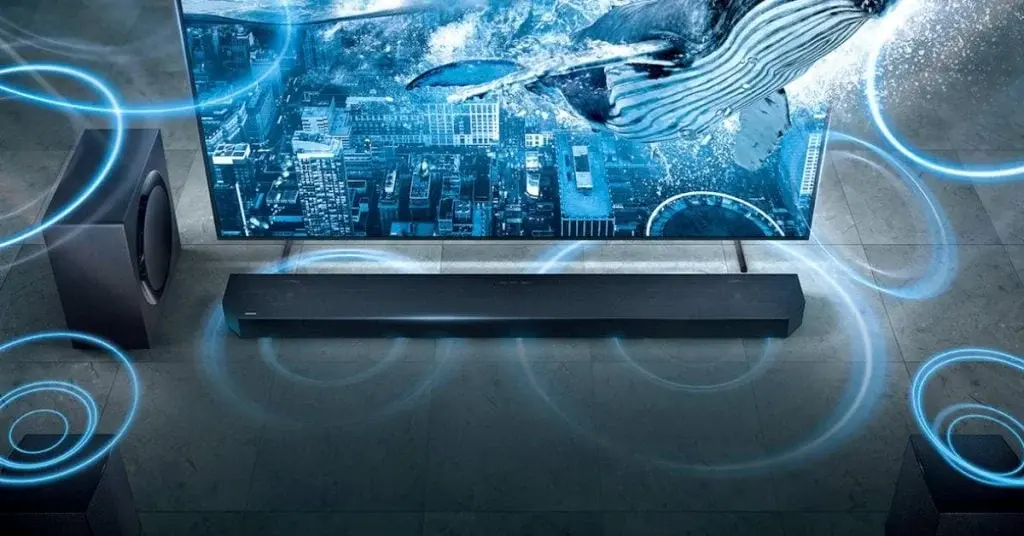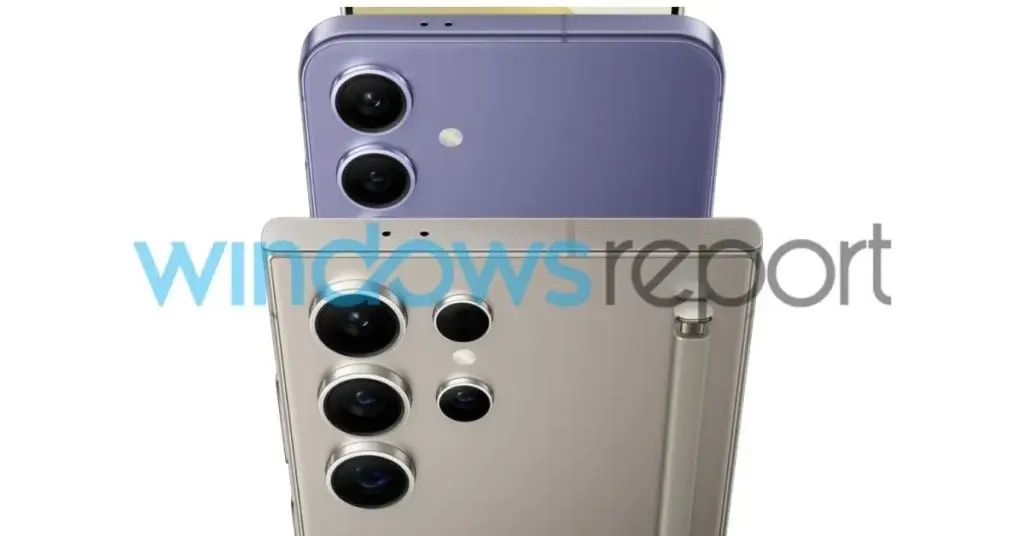Samsung Galaxy Tab Active 5: What We Know So Far
Samsung is gearing up to release a new tablet model from its Active series, and it's called the Galaxy Tab Active 5. Recently, the device made an appearance on a major certification platform, unveiling some important details about the upcoming tablet.
FCC Listing Reveals Key Features
The Galaxy Tab Active 5, both the 5G and Wi-Fi only variants, were spotted on the FCC database. The 5G variant carries the model number SM-X306B, while the Wi-Fi only version is identified by the model number SM-X300. According to the certification, the tablet will come with 128GB of internal storage and will support up to 64GB of additional storage through a microSD card slot.
Successor to Galaxy Tab Active 4 Pro
The Galaxy Tab Active 5 is the direct successor to the Galaxy Tab Active 4 Pro, which was released last year. The FCC listing also mentioned that the new tablet will support an S-Pen stylus and a 15W fast charger. However, this is the only information provided by the certification platform. Nevertheless, we can expect improvements and upgrades compared to its predecessor. The Galaxy Tab Active 5 has also been spotted on the Safety Korea certification.
Speculation on Upgrades
The Galaxy Tab Active 4 Pro features a 10.1-inch TFT LCD panel with FHD resolution. It is powered by the Qualcomm Snapdragon 778G SoC and includes a 13-megapixel primary camera on the rear and an 8-megapixel selfie shooter on the front. The tablet is equipped with a large 7,600mAh battery. Based on this information, it is likely that the Galaxy Tab Active 5 will offer an improved processor and a better display. However, it is important to note that these are still speculations and should be taken with a pinch of salt for now.
Conclusion
As Samsung works on its new tablet, the Galaxy Tab Active 5, the FCC listing has given us a glimpse of what to expect. With features such as ample storage, S-Pen support, and fast charging, the tablet is set to be an upgrade over its predecessor. While we await further details and an official announcement from Samsung, it's exciting to see what the Galaxy Tab Active 5 will bring to the table.






